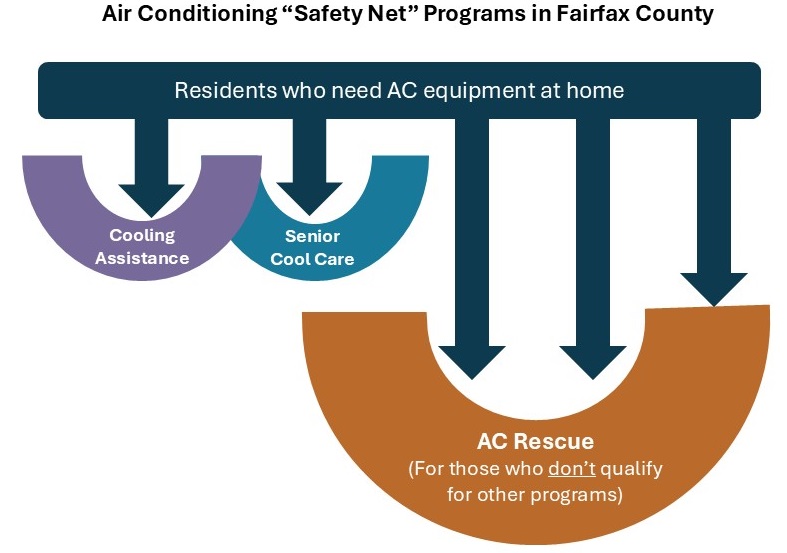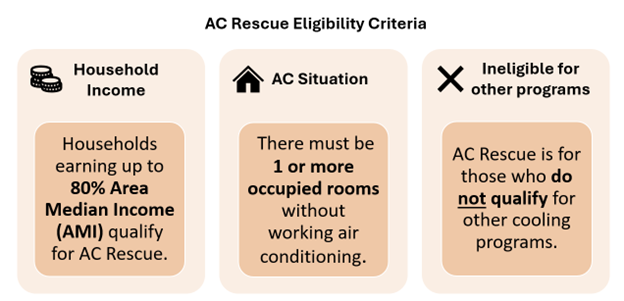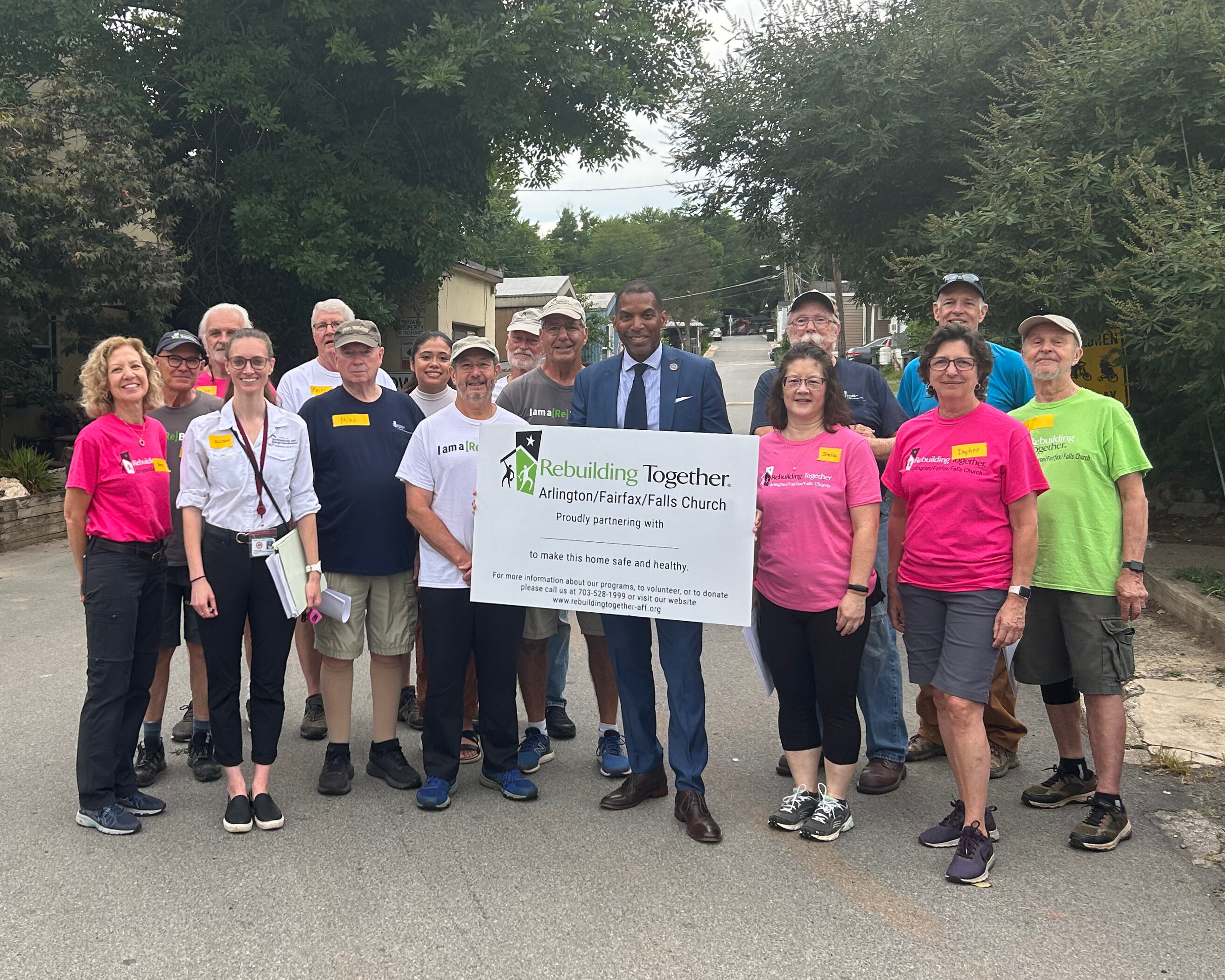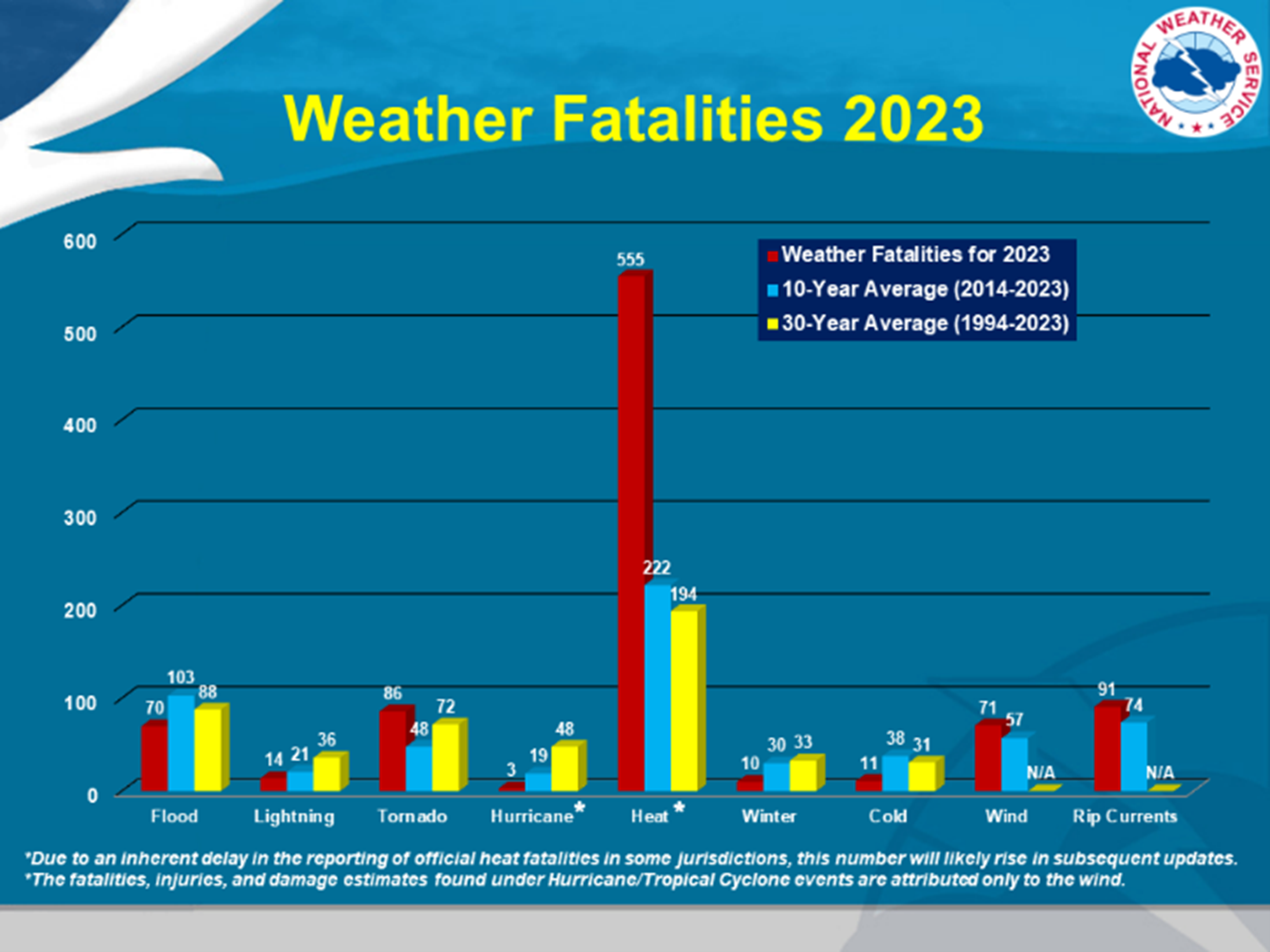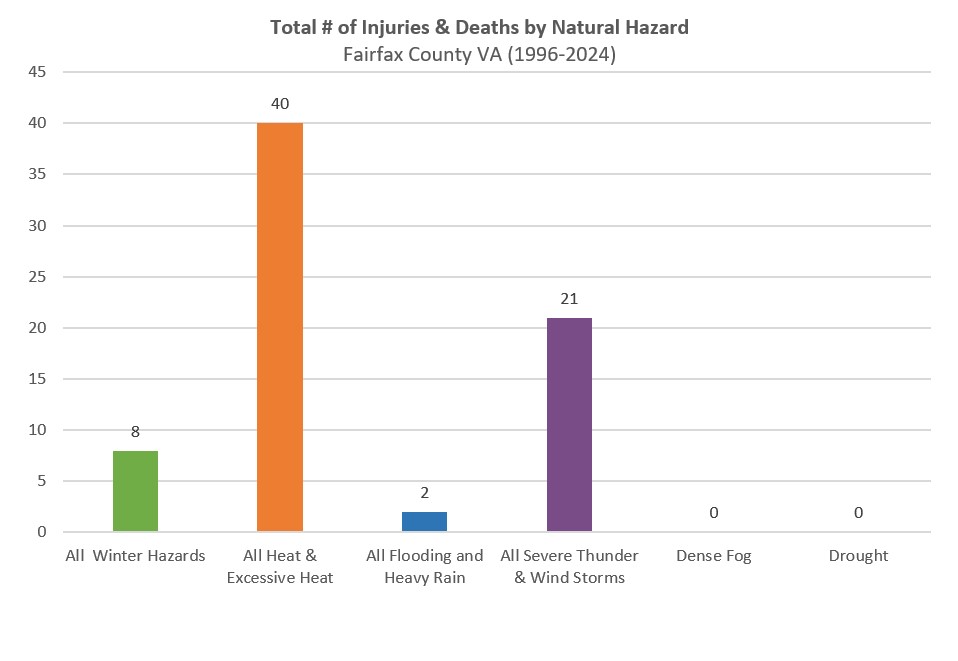.png)
AC Rescue provides small air conditioning (AC) equipment help for low- and moderate-income Fairfax County residents who do not qualify for other cooling programs. AC Rescue does not provide financial assistance or bill payment services. AC Rescue is a program of Resilient Fairfax, which is led by Fairfax County's Office of Environmental and Energy Coordination (OEEC). OEEC is partnering with the non-profit Rebuilding Together-AFF to run the AC Rescue program. If you need help figuring out if you are eligible, or if you have questions about the AC Rescue program, please email ResilientFairfax@fairfaxcounty.gov or call 703-324-7262. For more information about the AC Rescue program, please see the sections below.


